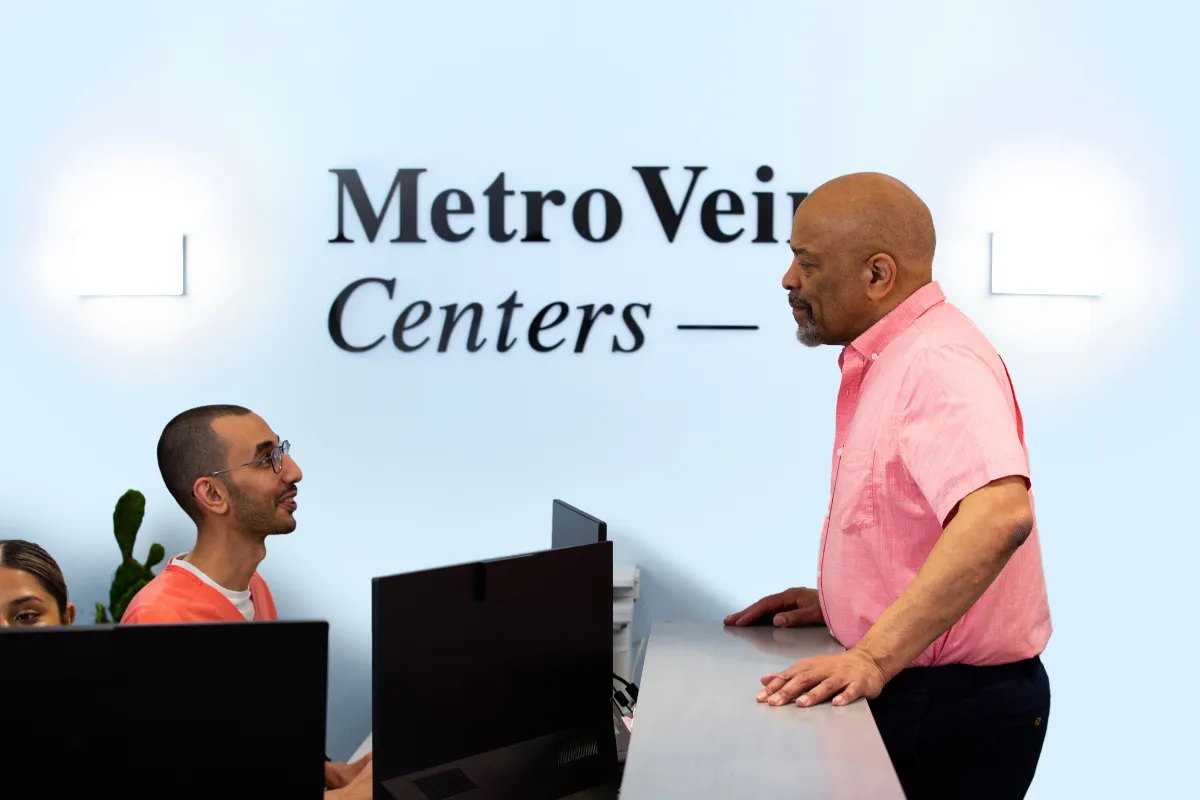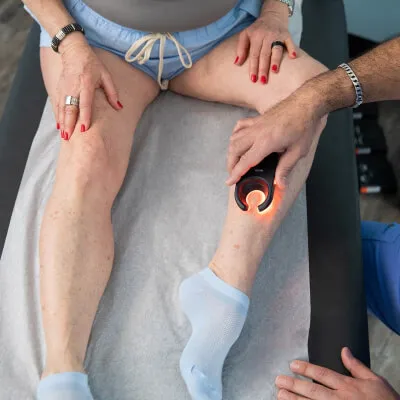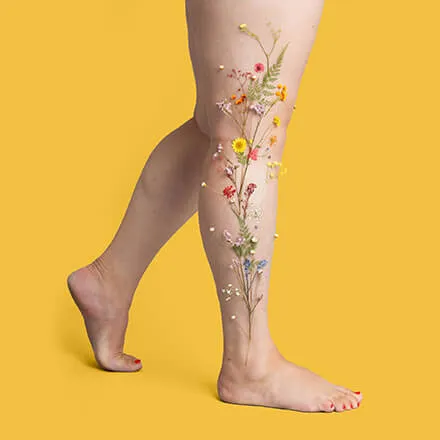We'll cut to the chase--no, you can't totally prevent spider veins. You can, however, reduce their likelihood of forming by making small lifestyle changes.
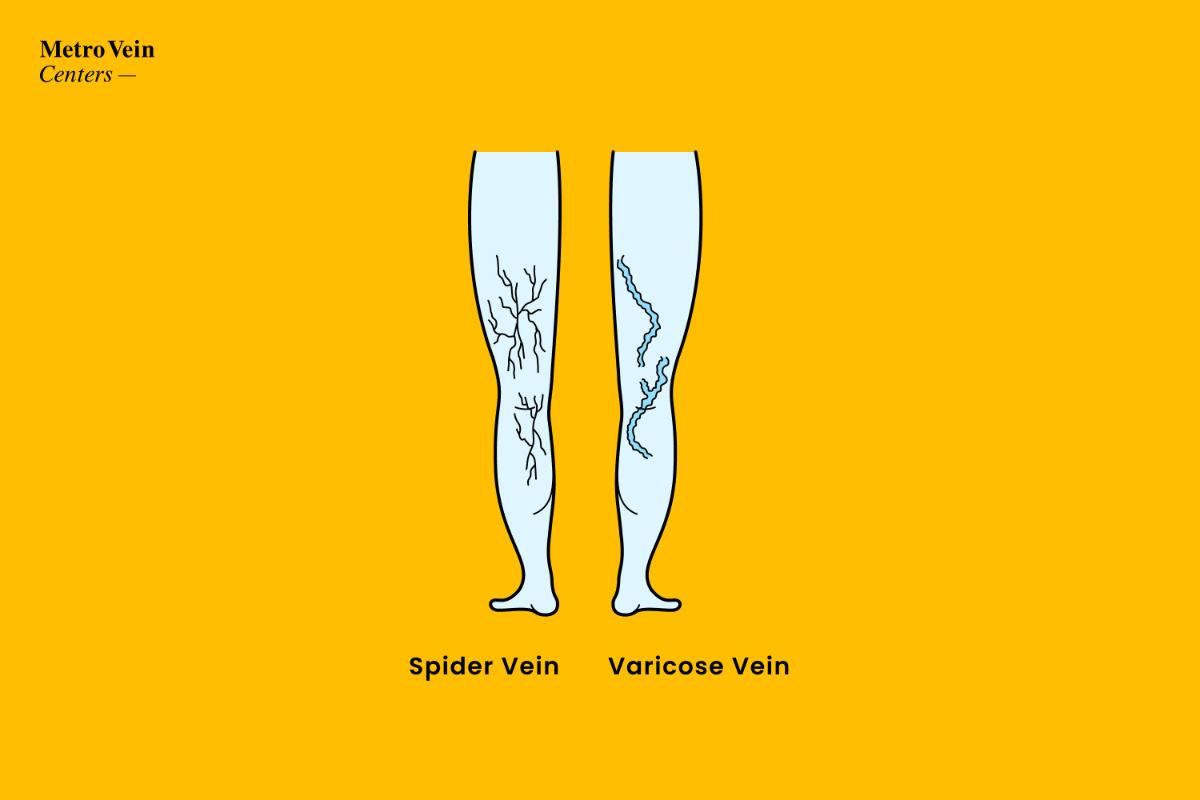
So what are spider veins, anyway?
Spider veins (those thin, web-like clusters of colorful veins often found on your thighs, calves, pelvic region, and behind your knees) are damaged veins with blood trapped inside. When the valves in your veins weaken, blood can flow backward and build up in the vein. This can cause spider veins to form along with their twisty, ropelike cousin, varicose veins.
While spider veins aren't dangerous, they can be an early sign of venous insufficiency, a type of vein disease--so make sure to book a consultation with our vein specialists if you experience itching or tingling.

How to avoid spider veins
Keep your legs healthy and reduce your chances of developing spider veins by following these simple tips.
Exercise regularly
Regular movement helps improve circulation and strengthens blood flow. This is important because it keeps the valves in your veins healthy and prevents blood from pooling and forming spider veins. The best part? You don't have to run a marathon to experience these benefits. Walking and dancing are just as acceptable as running and cycling. Now get your move on!

Move often
Blood can pool in your legs if you're sedentary for an extended period of time. While exercise is awesome, it's also important to just move and get your blood flowing throughout the day. Try setting a timer for every thirty minutes or so to remind yourself to switch things up.
Maintain a healthy weight
Being overweight puts extra pressure on your veins, which can damage the valves in your veins and cause the blood to flow back. Aim to eat a healthy diet that includes all of the food groups. Need a little help getting started? Check out myplate.gov to learn more about the current dietary guidelines for Americans.
Avoid overheating
We love hot tubs as much as the next person, but unfortunately, excessive exposure to high temperatures isn't great for your vein health. Heat can make your blood vessels dilate, increasing blood flow and causing it to pool in your veins. Let's just say that if you're interested in avoiding spider veins, it's in your best interest to enjoy hot tubs, saunas, and hot showers in moderation.

Try compression therapy
Compression therapy uses garments (such as socks) to improve blood flow by supporting the veins so they can better encourage blood flow back up and out of your legs. The cool thing about compression therapy is that it can be used to manage existing spider veins, as well as reduce the risk of new ones from forming--talk about a two-for-one.
Wear nonrestrictive clothing
In the same way that medical compression socks can support blood flow out of your legs, tight clothing can reduce circulation and trap blood in your legs. Try to avoid super constricting clothing like compression leggings (you know the kind we're talking about) or super-fitted skinny jeans. Instead, look for looser pants made from soft or stretchy material.
Elevate your legs
Another way to prevent blood from pooling in your veins is to elevate your legs. Go ahead and lay on your back, or prop your feet up on a footstool while working.
Wear comfortable shoes
Finally, a reason to ditch the heels! Shoes that are too tight or put your feet in an unnatural position can seriously impede blood flow. For healthy legs, opt for comfier shoes like sandals, flip-flops, or slip-on shoes. Psst: This is an excellent opportunity to invest in those cute sneakers you've been eyeing.
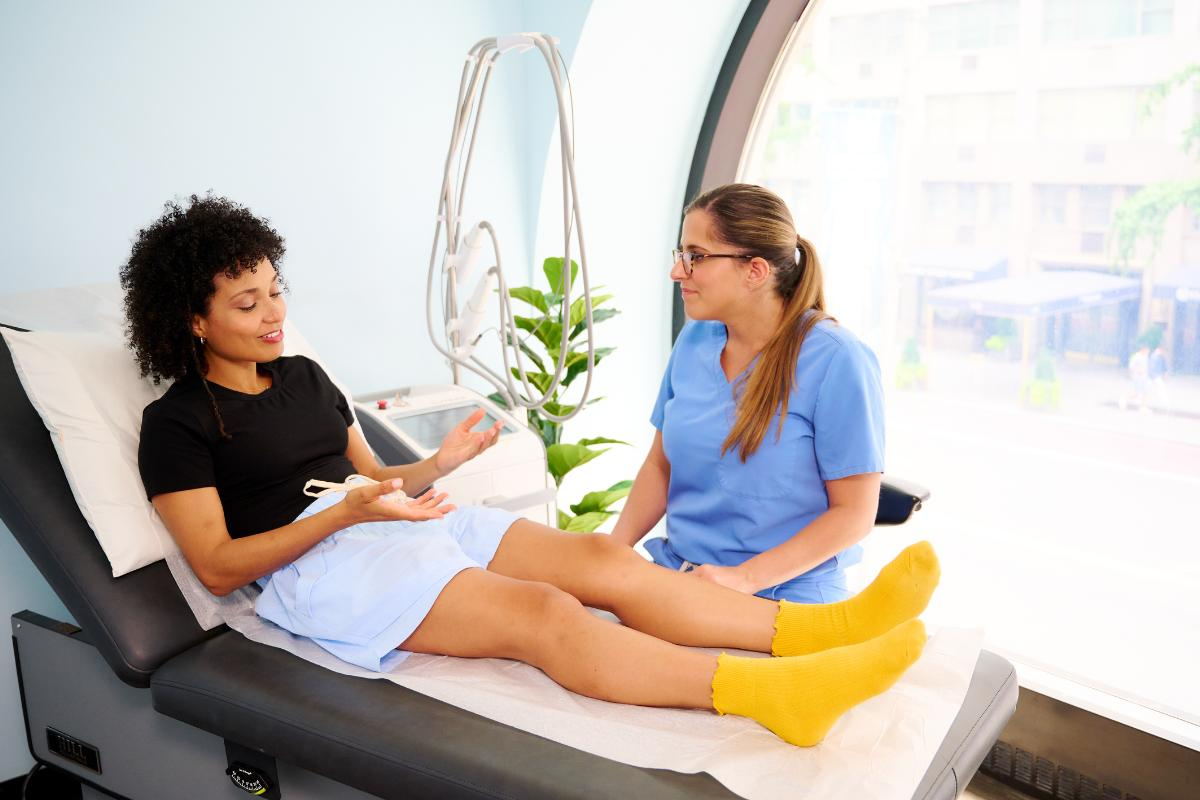
What if I already have spider veins?
It's important to note that spider veins are often hereditary and might show up even if you do follow these tips.
Thankfully, vein specialists can perform a handful of safe, minimally invasive treatments that drastically improve the appearance of spider veins. These include sclerotherapy and laser therapy, which you can learn more about in our spider vein removal treatment article.
If you're interested in treatment, make sure to book a free consultation with one of our board-certified vein doctors. Put your mind at ease and start your journey to healthy veins today!

Learn more about vein disease and what to expect after treatment.

Dr. Philip LoPresti
Meet Dr. Philip LoPresti DO, DABVLM, FACS, a board-certified vein specialist and surgeon with over 20 years of experience. Schedule an appointment with him in Queens, NY today.
Meet Dr. Philip LoPresti
Trusted insight from the nationally accredited, board-certified vein doctors at Metro Vein Centers.




